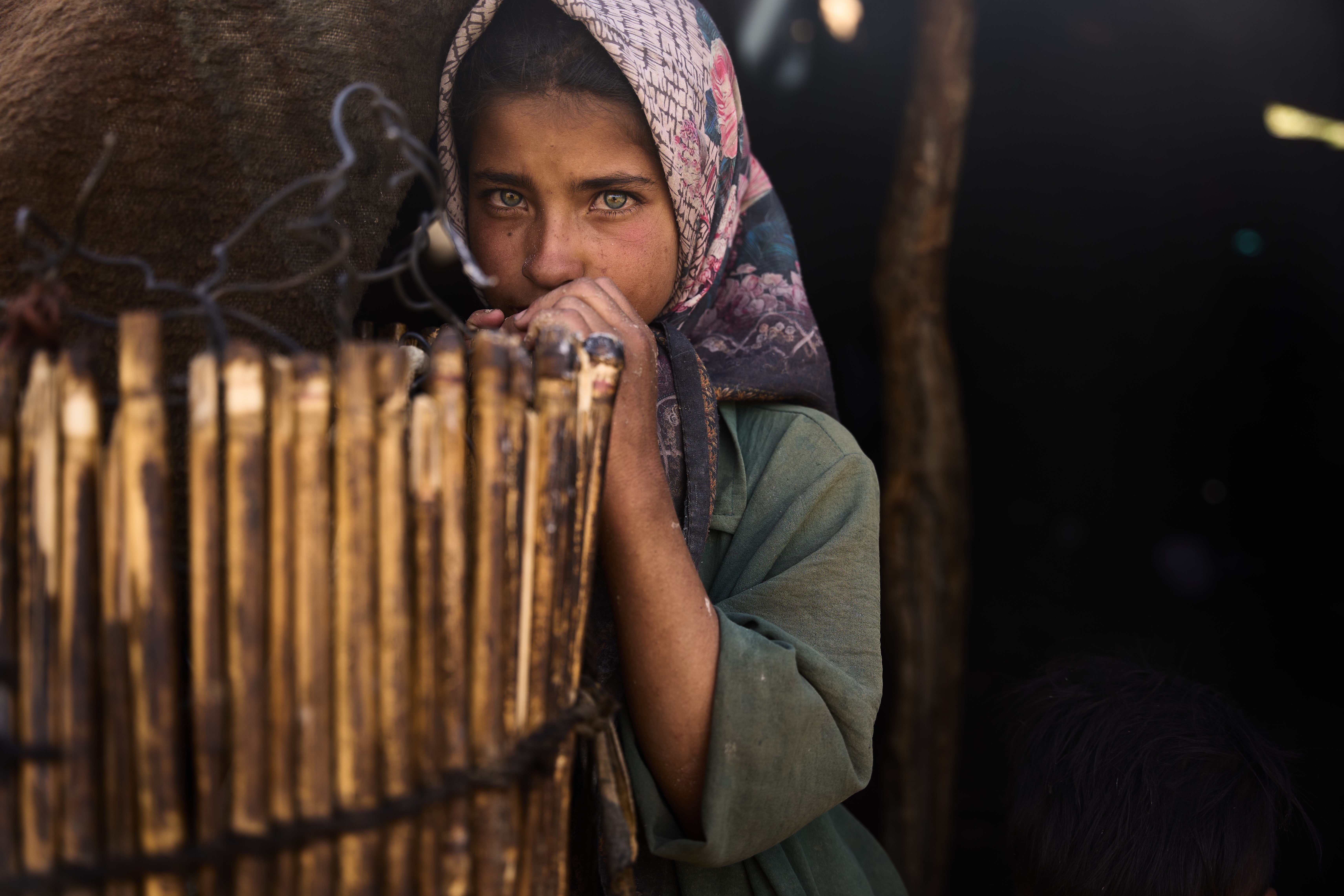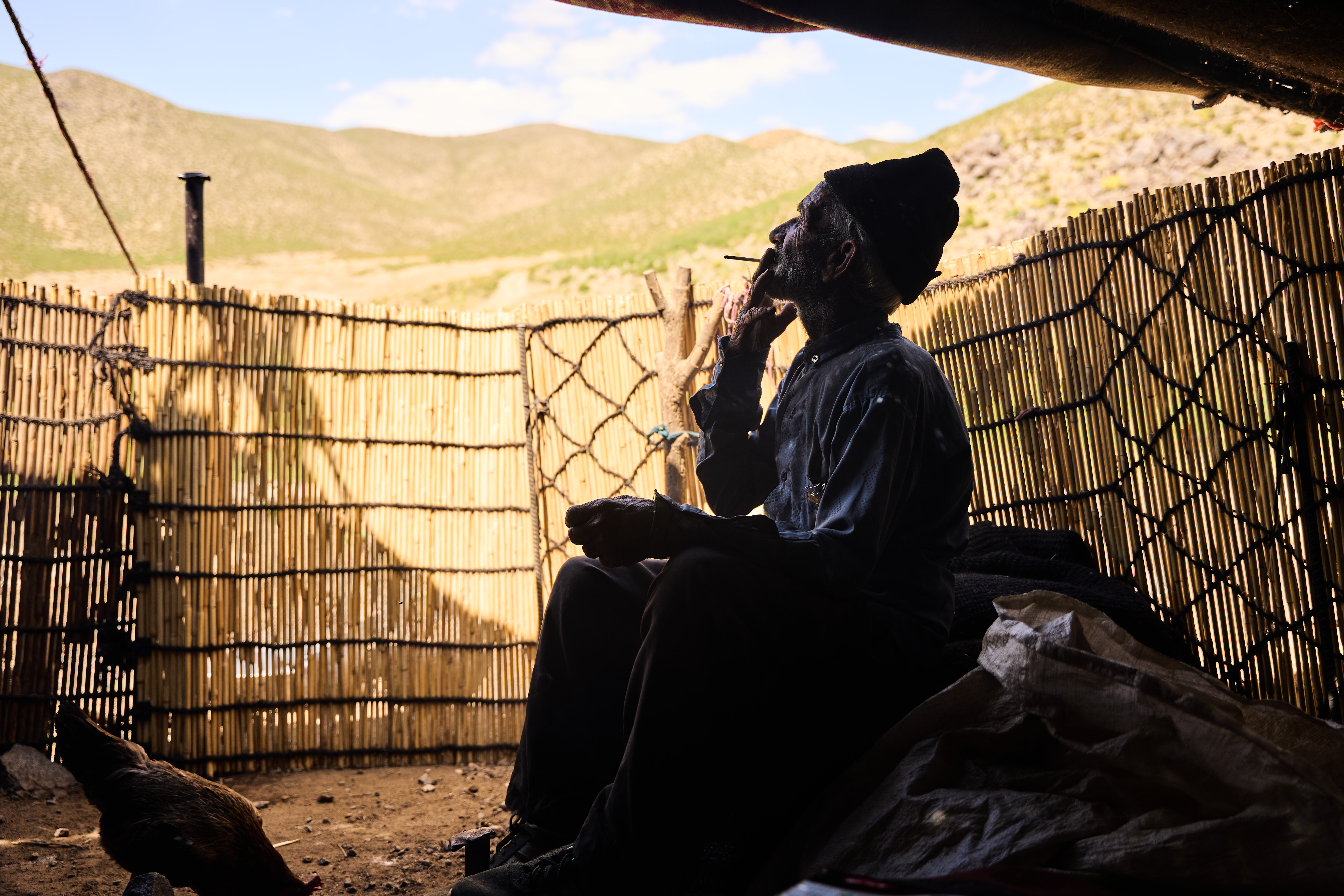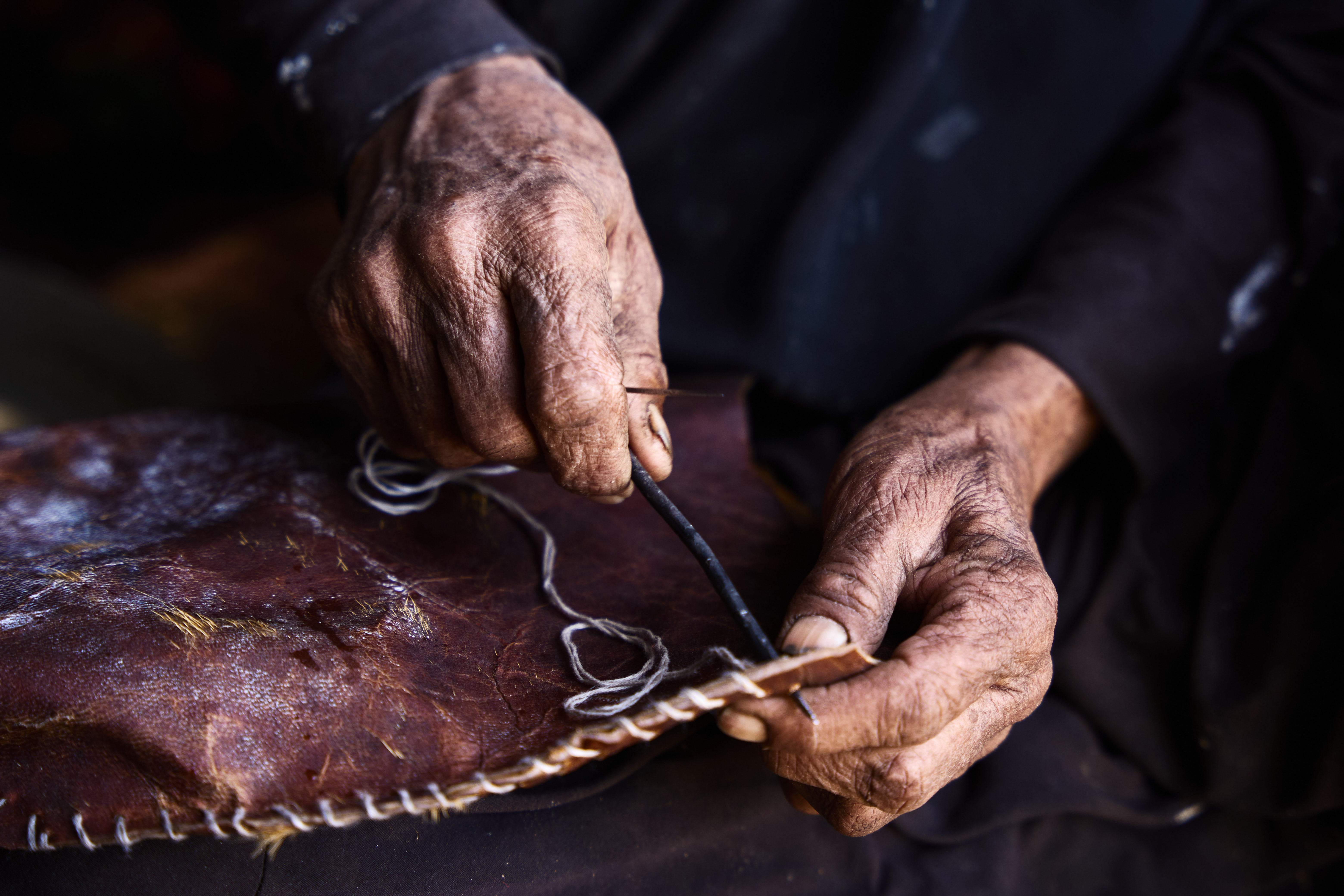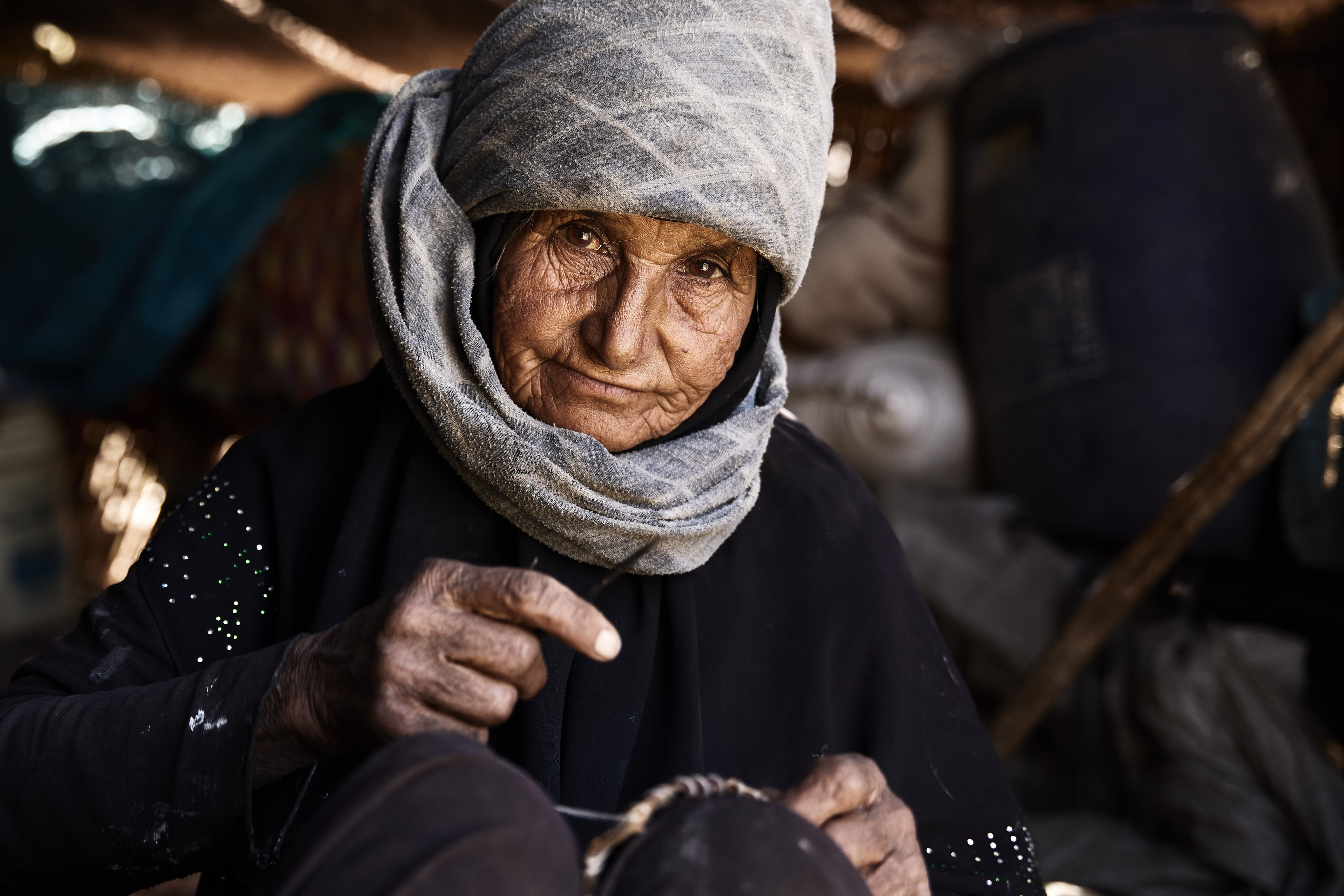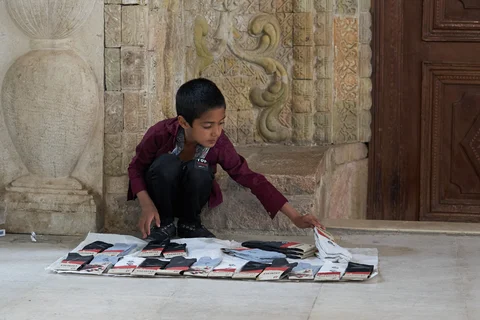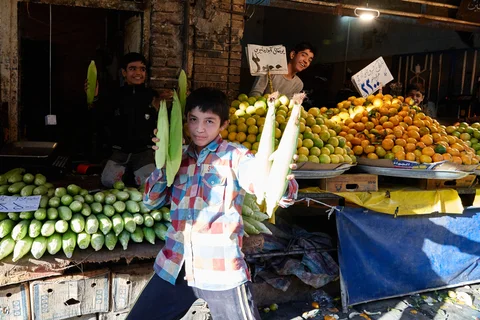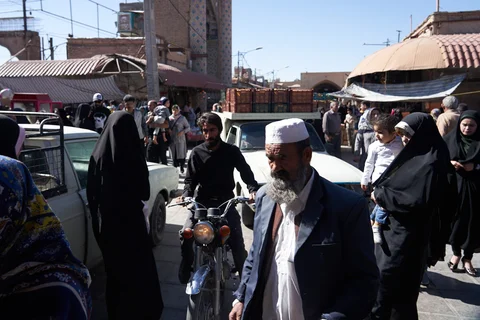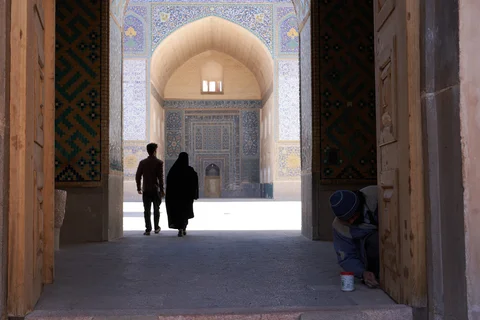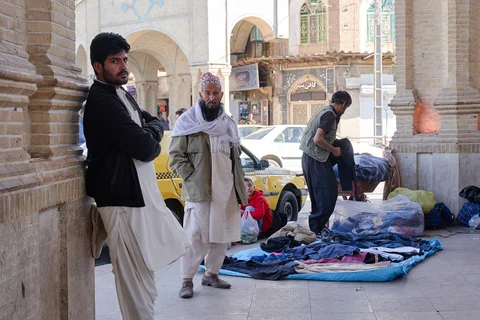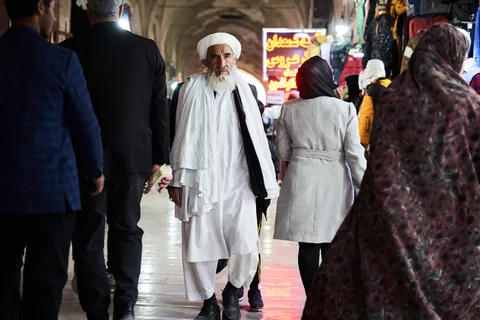Ashayer Adventures
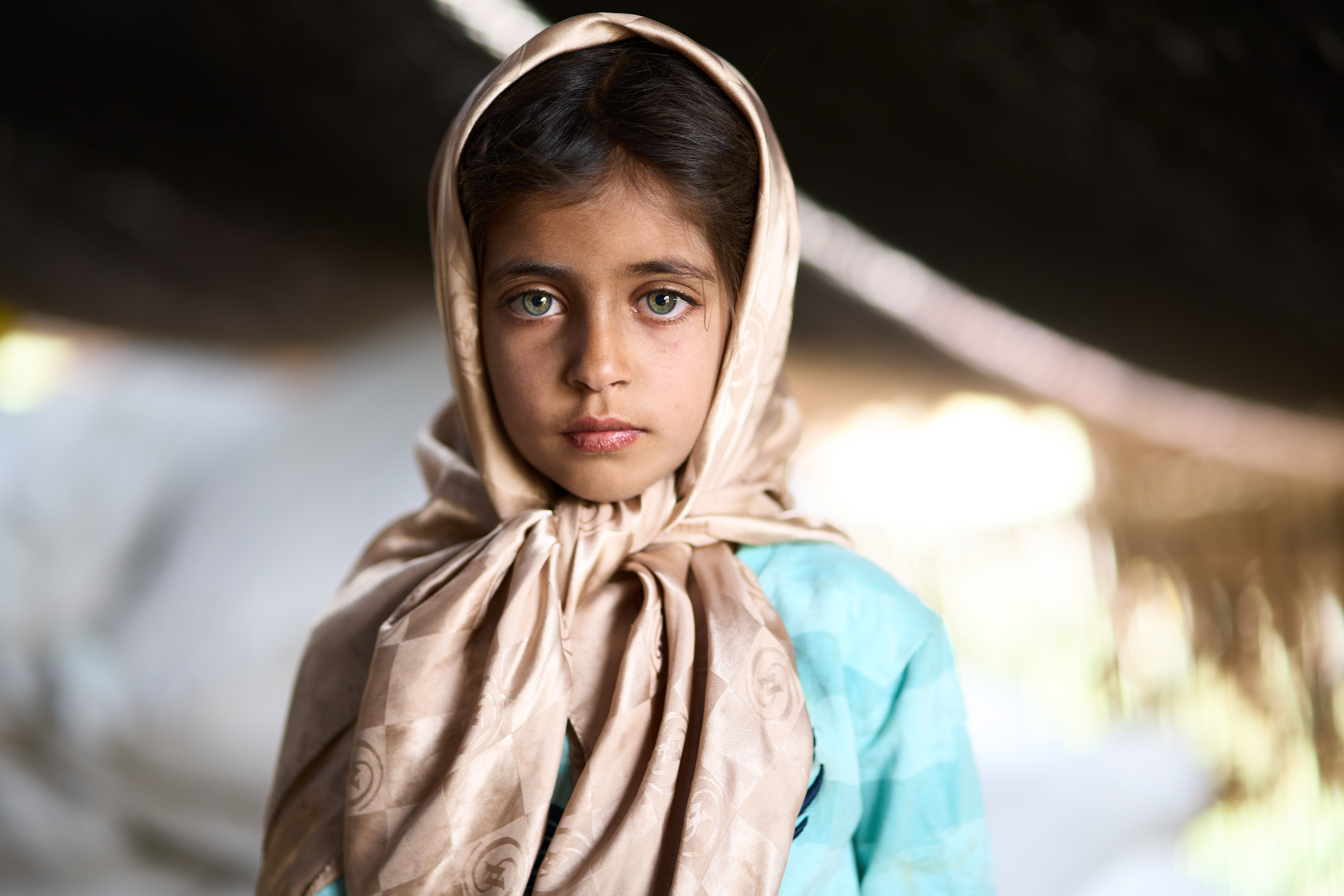
The other day we went to the mountains of Eastern Iran to see about some nomadic people, or Ashayer as they're called in Iran. On the edge of the hottest desert on Earth, I had heard of nomads living in its vicinity, but had been unable to find little actual concrete information online, at least in my English language searches. It was thus we went on a small quest to find them, to discover some more, if these mysterious people at all existed.
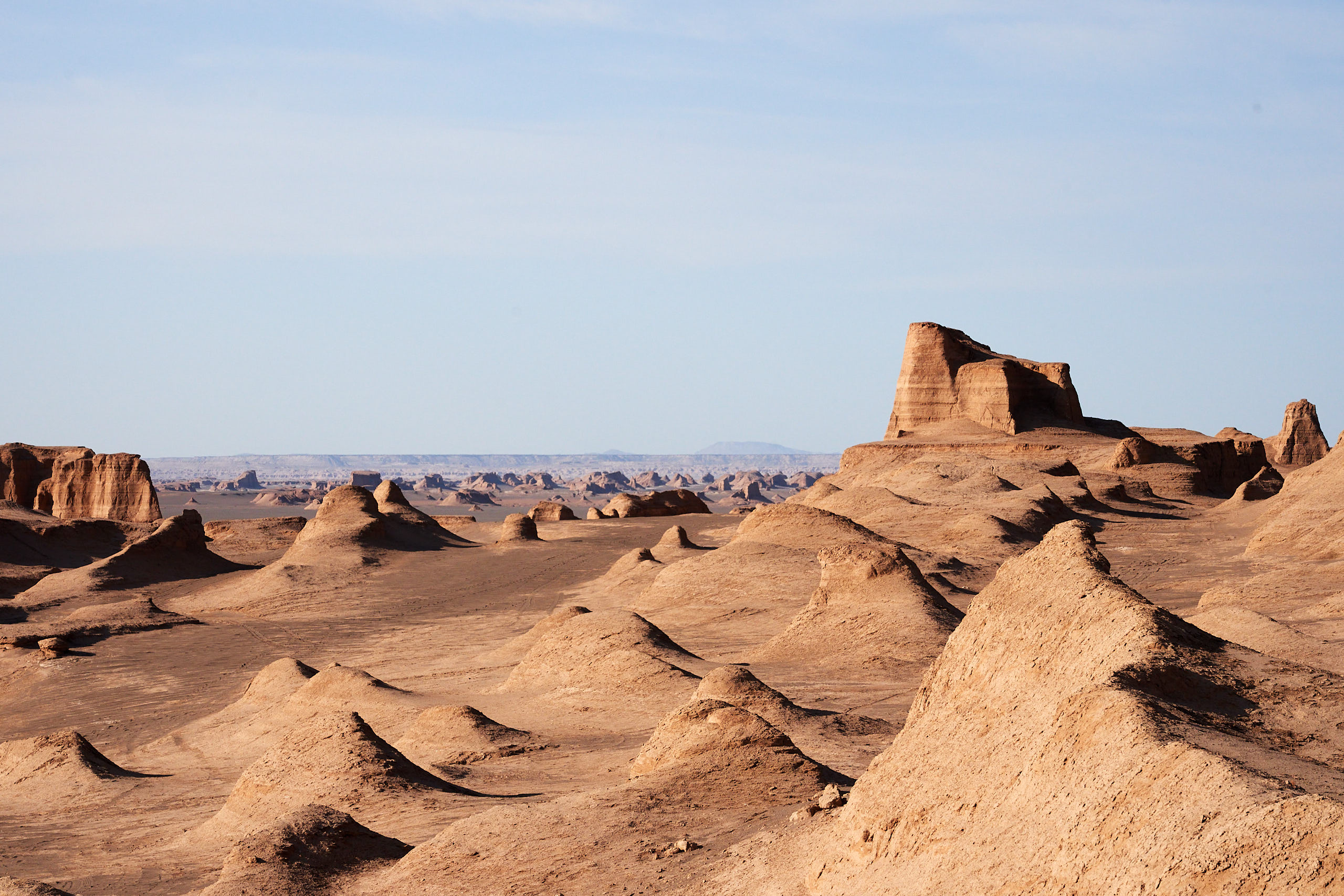
Arriving the province's historical capital, one could tell by the mid-day temperatures that June had just come to these corners of the world, and that summer soon was in its full blossom. With that in mind there also ought to be good chances of finding them in their cooler, presumably by this time of year — or so at least were my thoughts — fertile mountain camps.
However, in the capital, located on sort of a meeting point for Turkmen from the North, Afghans to the East, Baloch in the South and Persian people, from — I guess, everywhere — locals soon sowed doubts about whether these nomads had in fact yet undertaken the seasonal migration. Or as it's called in Iran, the 'Kooch'. These mountains were after all on two and three thousand meters and while June days got warm, nights still occasionally crept down to zero.
So it was with no more clarity we left the capital and headed towards a mountain village whose surroundings were said to contain nomadic camps. Once in the village, there was a bit of fumbling about, figuring the lay of the land; where, and if one could at all find a place to stay for the night; where the camps were located and so on. When a moped-riding local, transporting a single spade, offered to show the road leading to a camp, we followed, deciding to figure out the rest later.
Not half an hour drive from the village, having traversed on uneven gravel road, over a top, we spotted to our relief, down by the valley river, the first characteristic wool-woven black-roofed tents. It wasn't long after we introduced ourselves.
I often find that new environments require adjustments, there may be some surprises too and this time was not to be an exception. The surprise that caught my attention the most came from the inhabitants' appearances; indeed looking quite different from what I'd expected. More precisely, it was the puzzling eye shades the inhabitants possessed; shades of blues, greens, yellows, and who knew what other colors could be found.
When asked how this all came to be, it was explained that they weren't actually native to the region, but belonged to the Lurs, a people whose province Luristan(Land of the Lurs) could be found on the opposite side of Iran, closer to the borders of Iraq. They had come to live in these lands many, many generations ago.
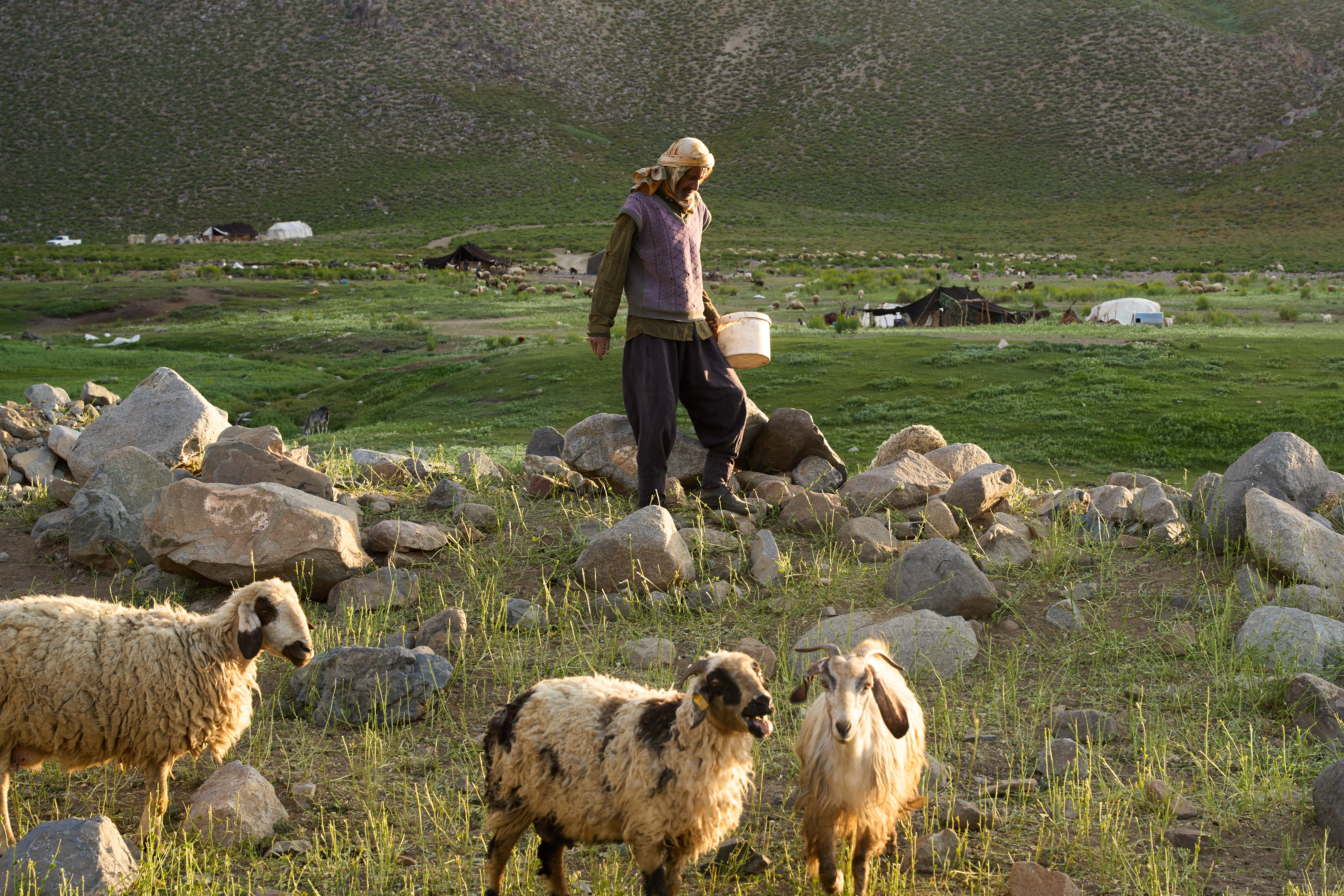
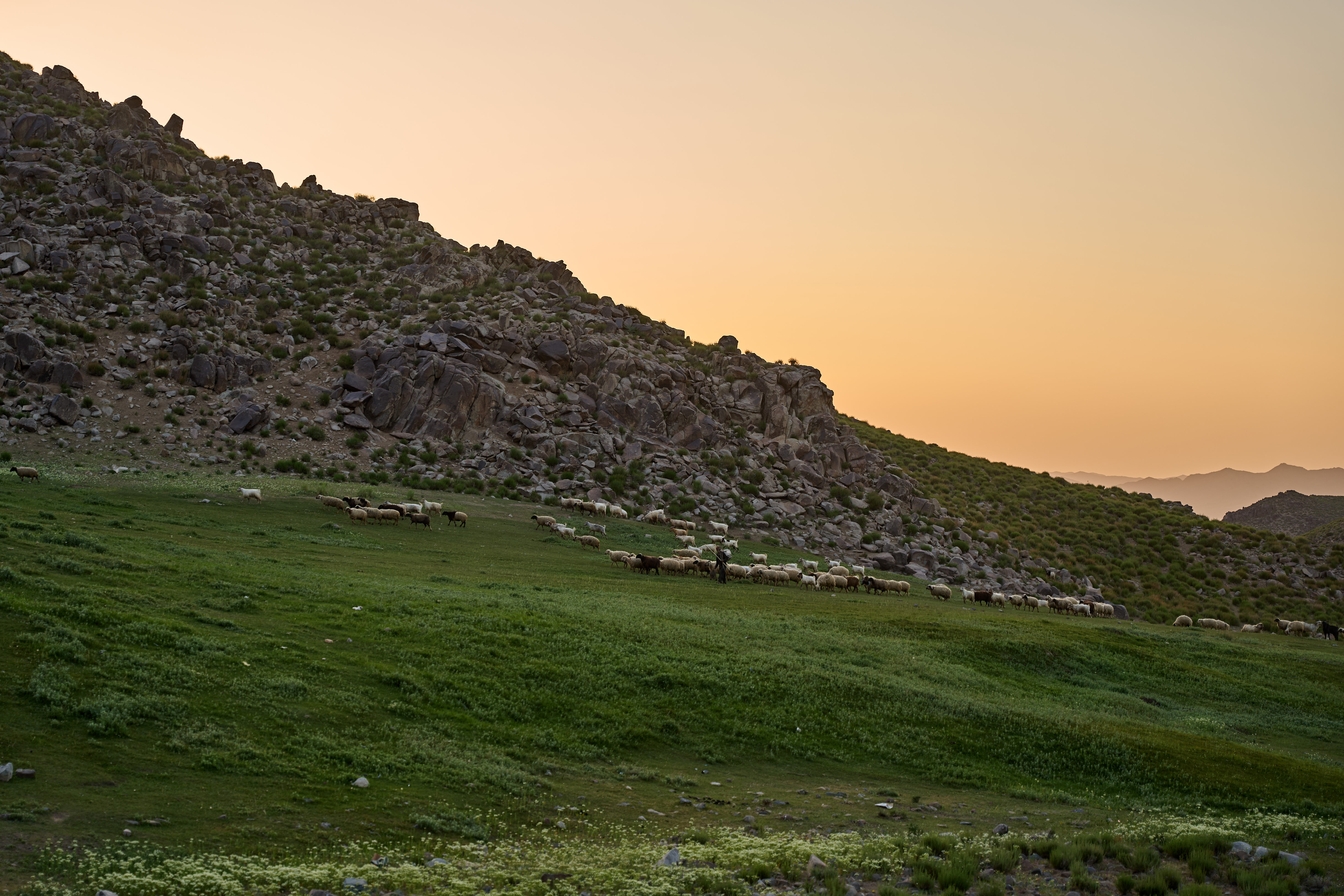
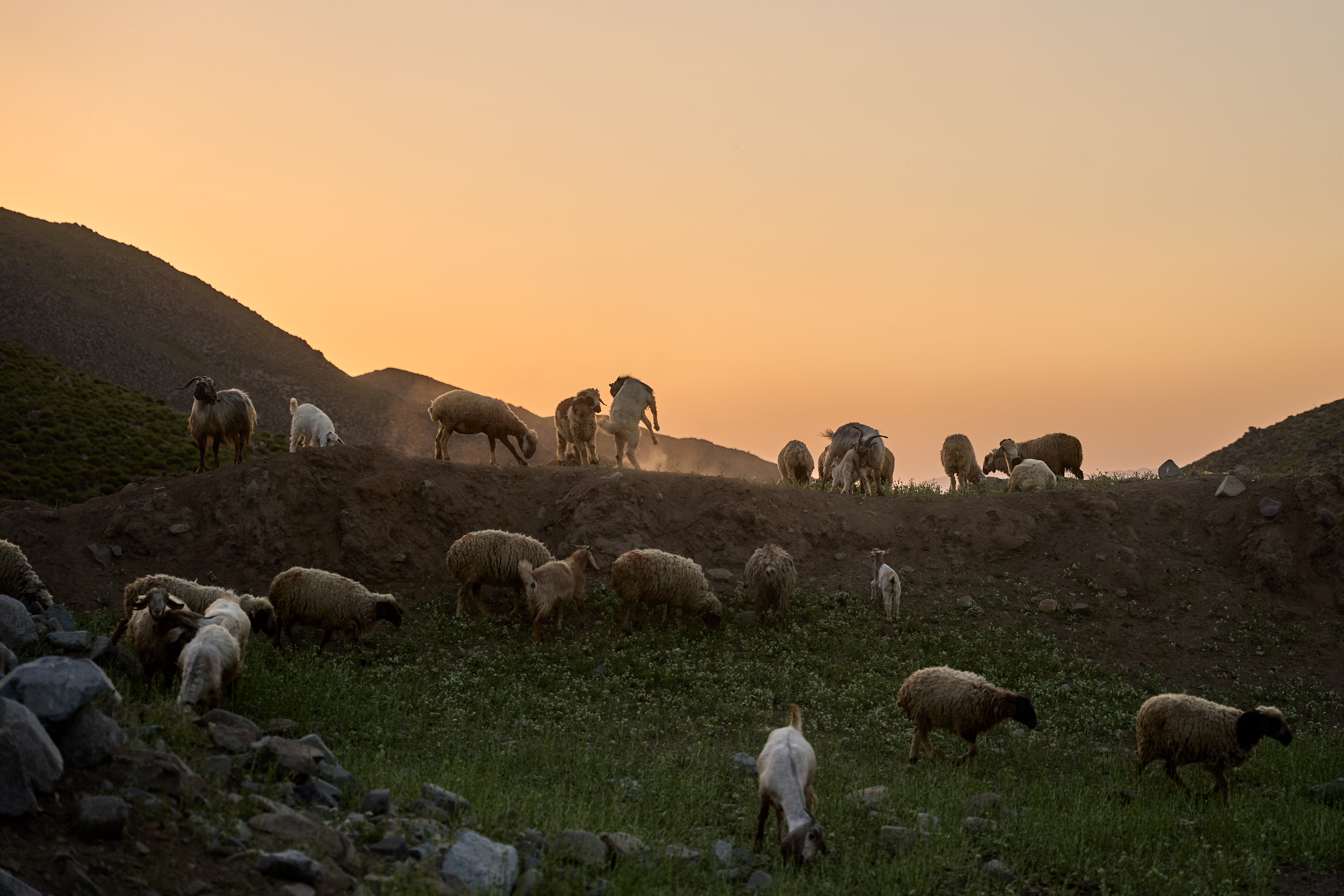
Next day, at breakfast in the accommodation we'd been lucky to find the prior night, we chanced upon another blue eyed traveler. He'd come with his wife and son on a daytrip from a larger town, some hours away. Presumably to take in the calming, nurturing effects of nature. It turned out that he too originated from the very nomadic Lur population we'd met the day before. He on the other hand, had like an increasing number over recent decades, gone down to more modern avenues of life. He was however well-acquainted with the story that resulted in Lurs near the borders of Iraq ending up near the borders of Afghanistan, a good thousand kilometers away:
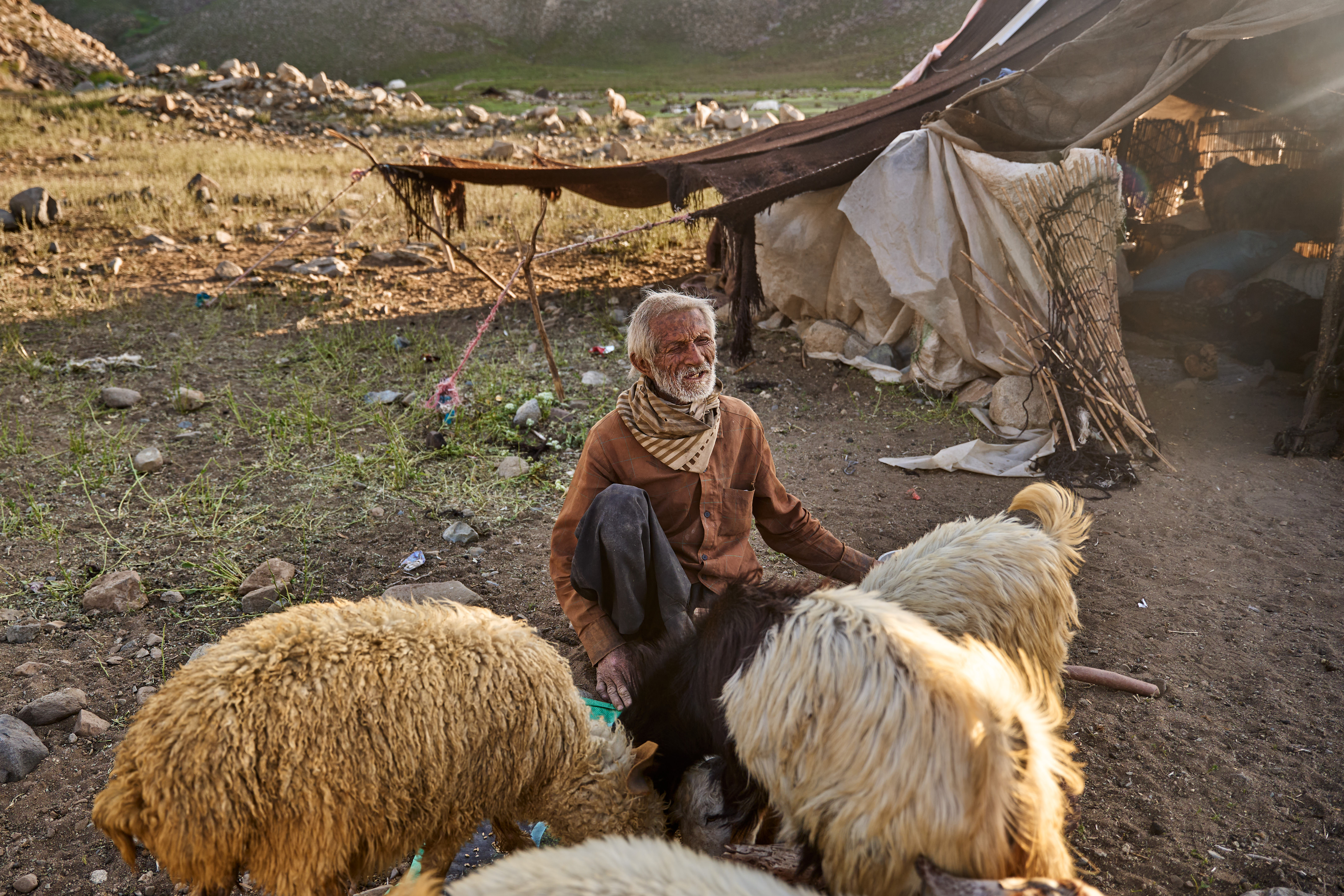
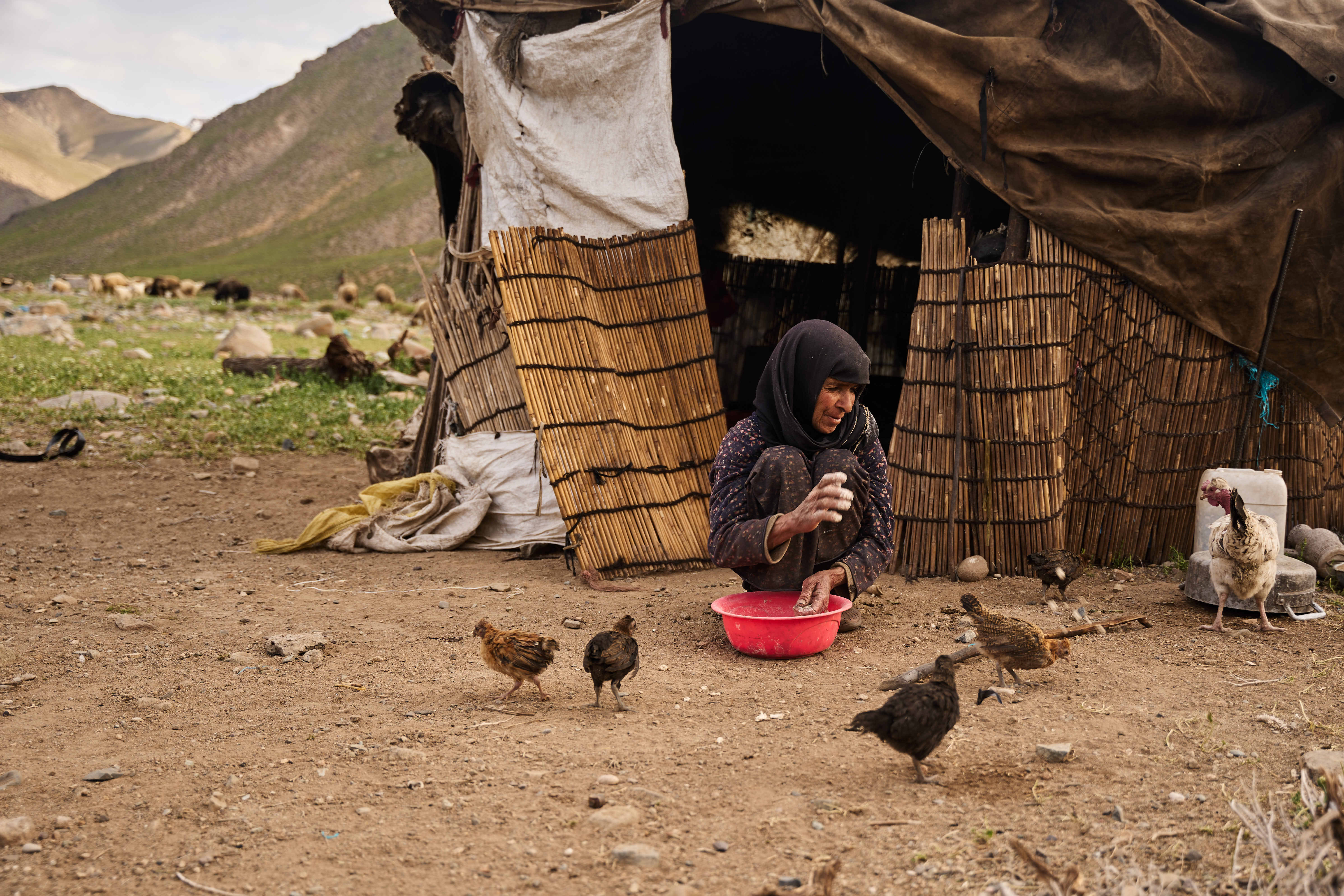
About three hundred years ago, the empire's king, Nader Shah(king), demanded a tax be paid from the nomads of Luristan for activities on his land. Two brothers, tribe chiefs, had already paid once, but for some reason the same tax had been levied again. The detail of why the tax was demanded a second time got lost, at least to me, but what is known is that the brothers refused and it promptly came to an armed standoff with the tax collectors; the latter eventually retreating.
The empire's king, however, learning of this "obstinacy", decreed as punishment that this tribe was to be expelled from their land and exiled to another part of the empire. And what would have happened if they also refused to leave? Well, at this point in time, I think we all know what kings are famous for. And it was thus the brothers were forced to undertake the undoubtedly challenging and long journey into the unknown future, along with tribe and the animals they relied on for survival.
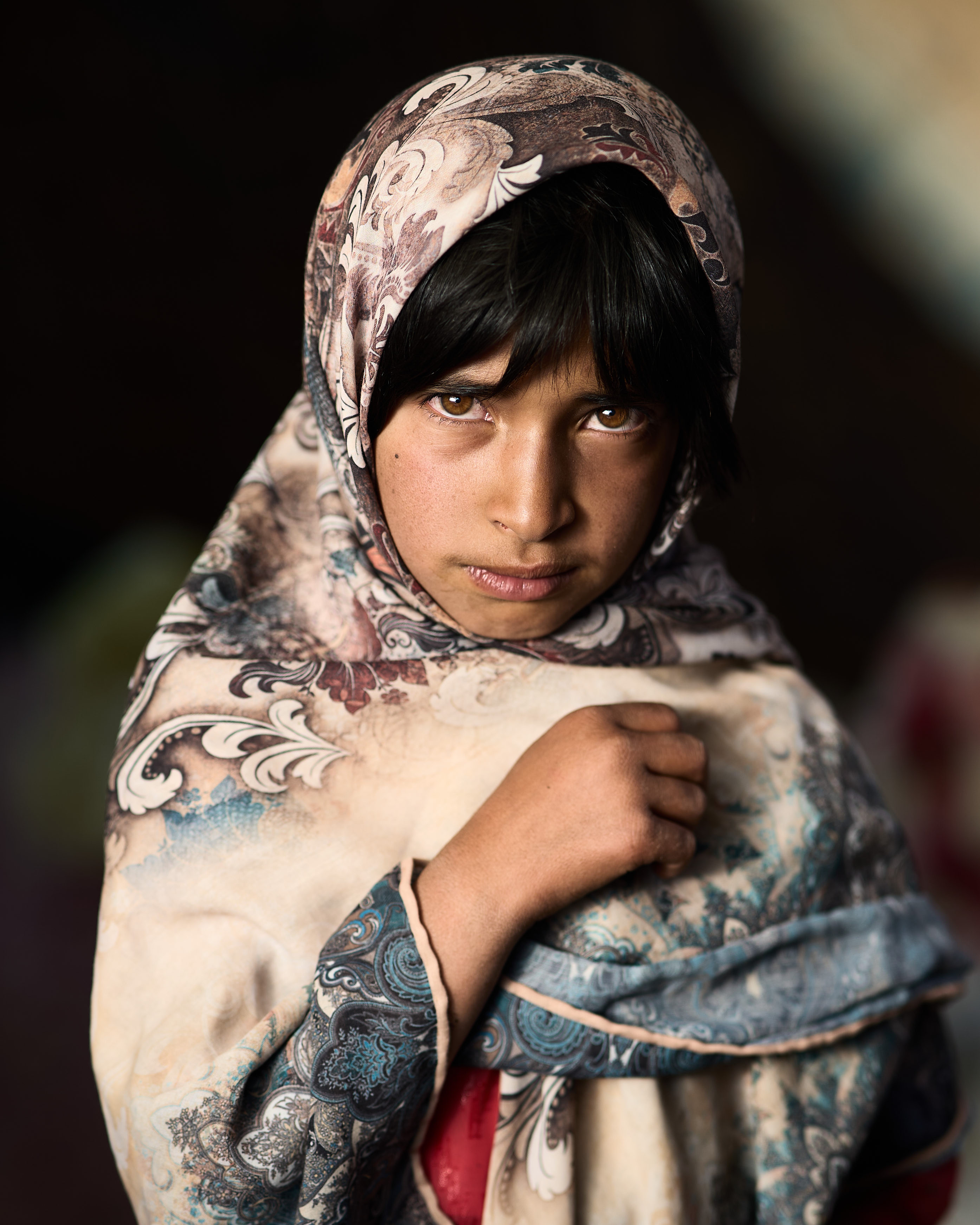
A three hundred years later, when we came on visit, it was clear they hadn't perished from the journey as they had long been settled into their new location. The family we met at breakfast related this story while showing us the way to a path, or road, tens of kilometers long. It led through a mountain corridor filled with the black-roofed tents we'd visited the afternoon before. Some were still in the process of setting up, having arrived just the week earlier.
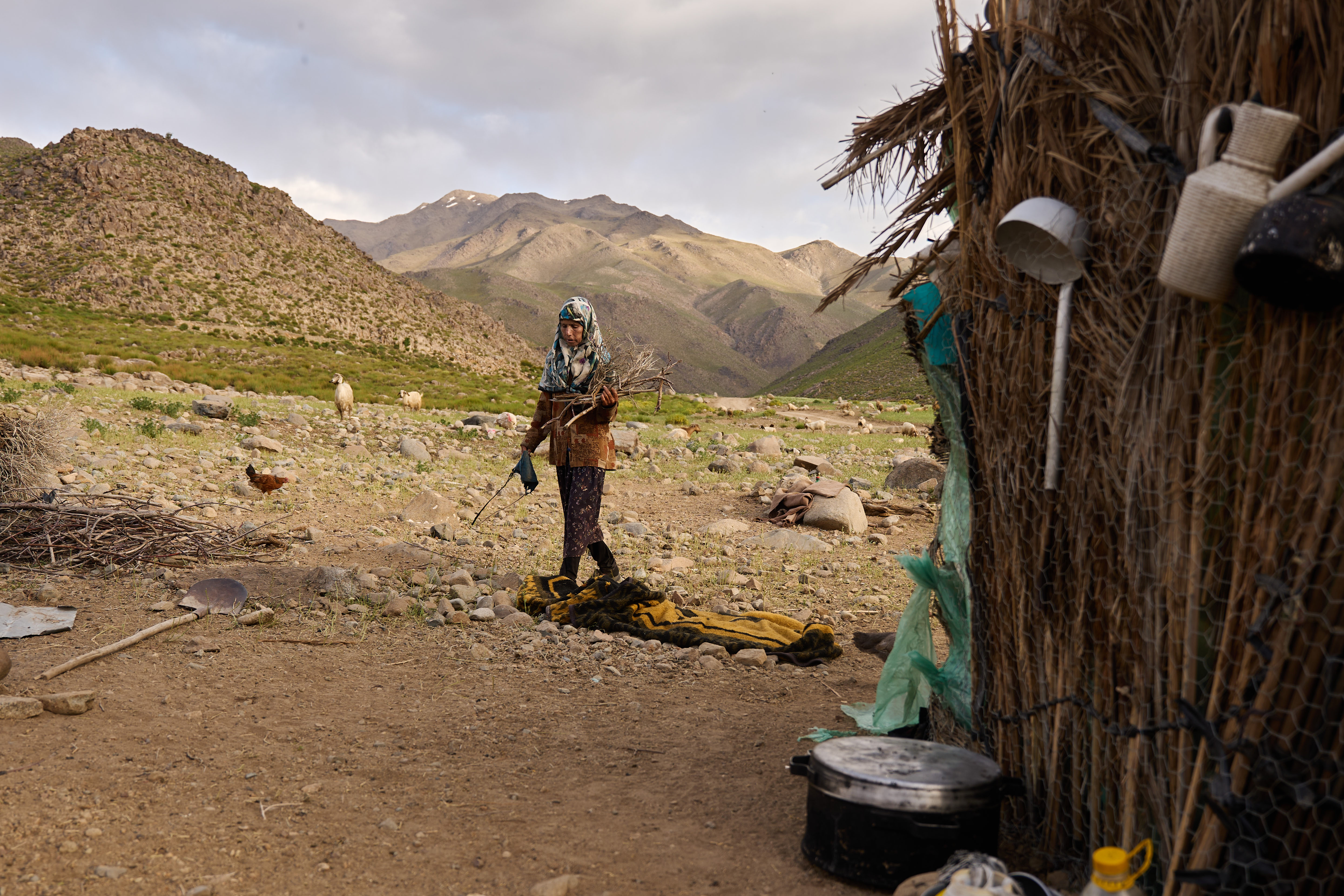
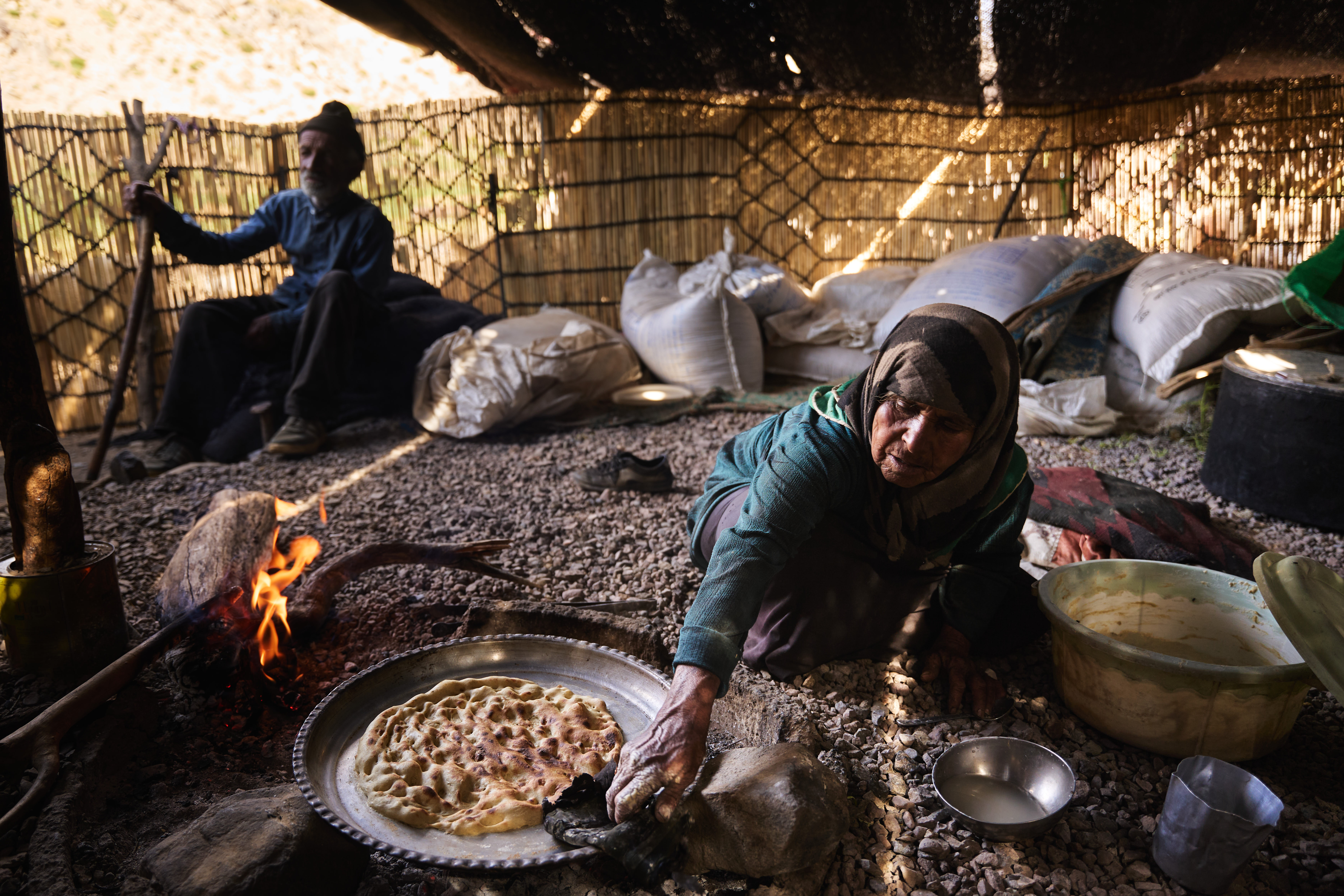
From the road, the black-roofed tents tucked in lush green against the mountain background inspired at first glance an idyllic, perhaps even romantic notion. From my eyes it looked quite gorgeous. In the back of my mind lingered however that few growing up here are rarely ever spoiled, putting a slight damper on the romantic inclinations. At the same time, and while children did take an active part of the household chores, they also had ample opportunities for play, laughter and the occasional mischief. All in a clean and fresh nature.
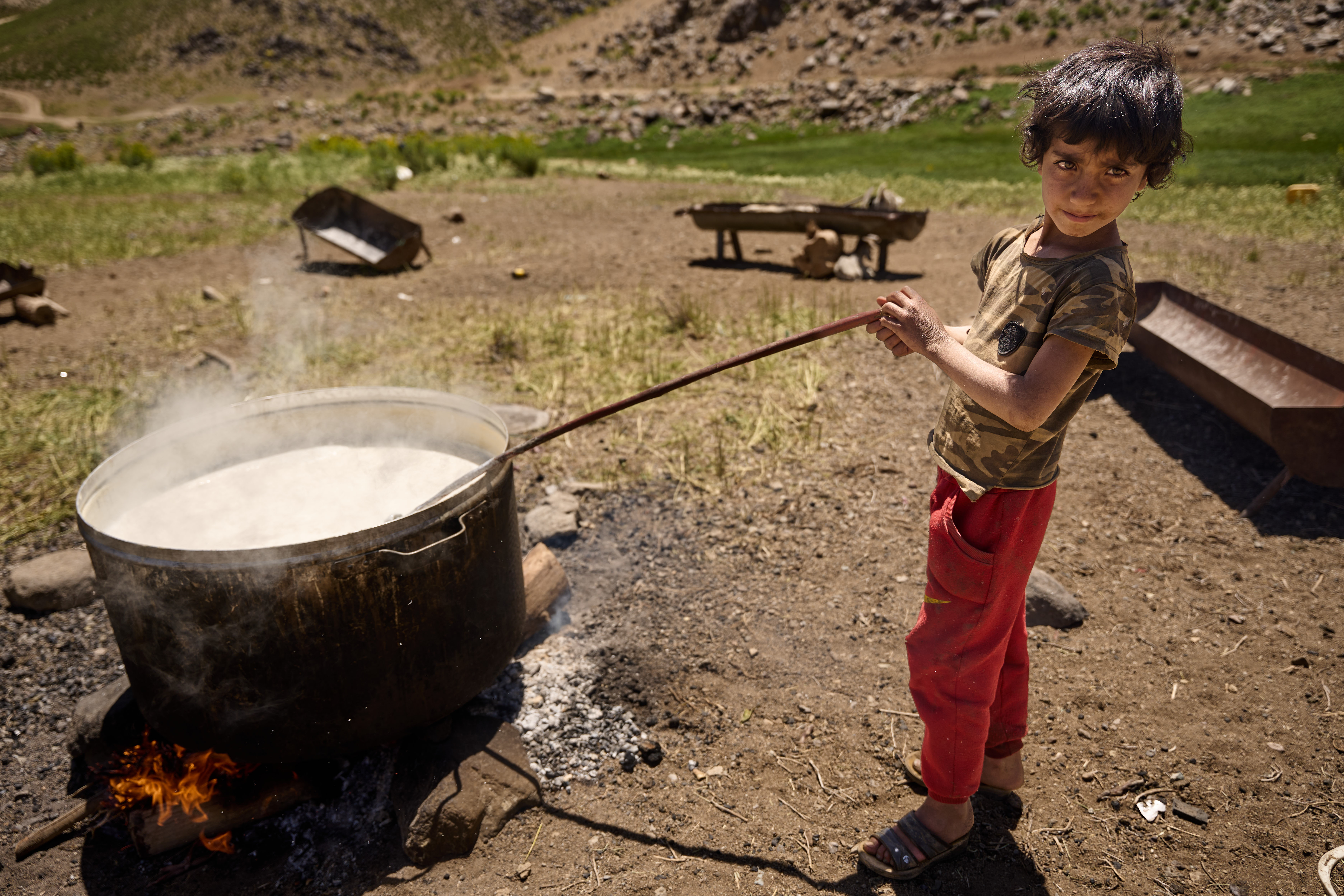
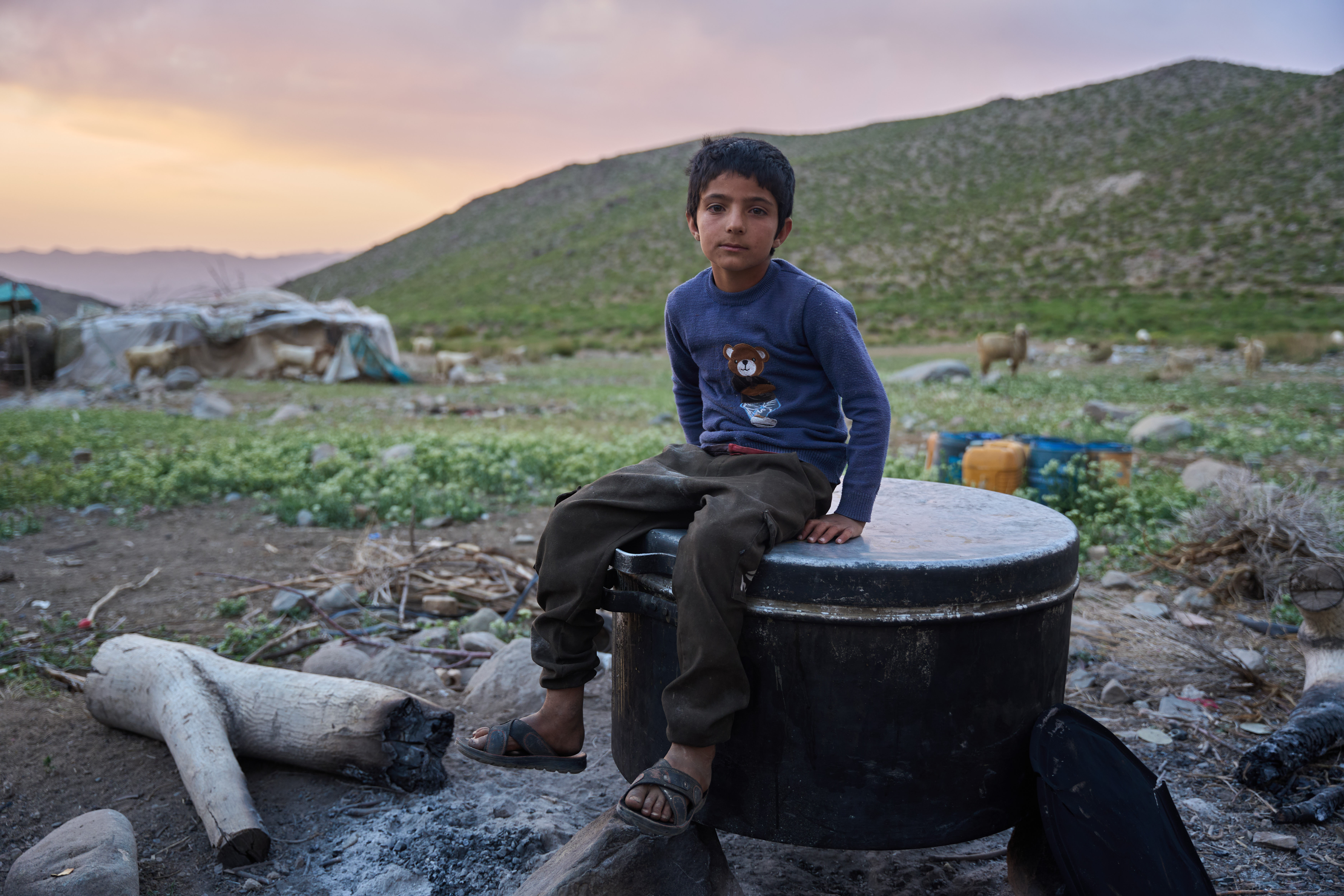
Things may have changed with the advent of modern technology (maybe most notably the introduction of vehicles some decades back, allowing the migration to be undertaken in a day's time as opposed to the multi-week walks with donkeys, animals and babies in hand), it's still a life out in the open, under the burning mountain sun. A life revolving around the season's rhythms and the daily work around the animals that help sustain it. With little help of electricity and water manually drawn from the clean water spring, it was perhaps the weathered faces and rough, impressively texturized hand-shakes that for me best illustrated the toll that this life asks.
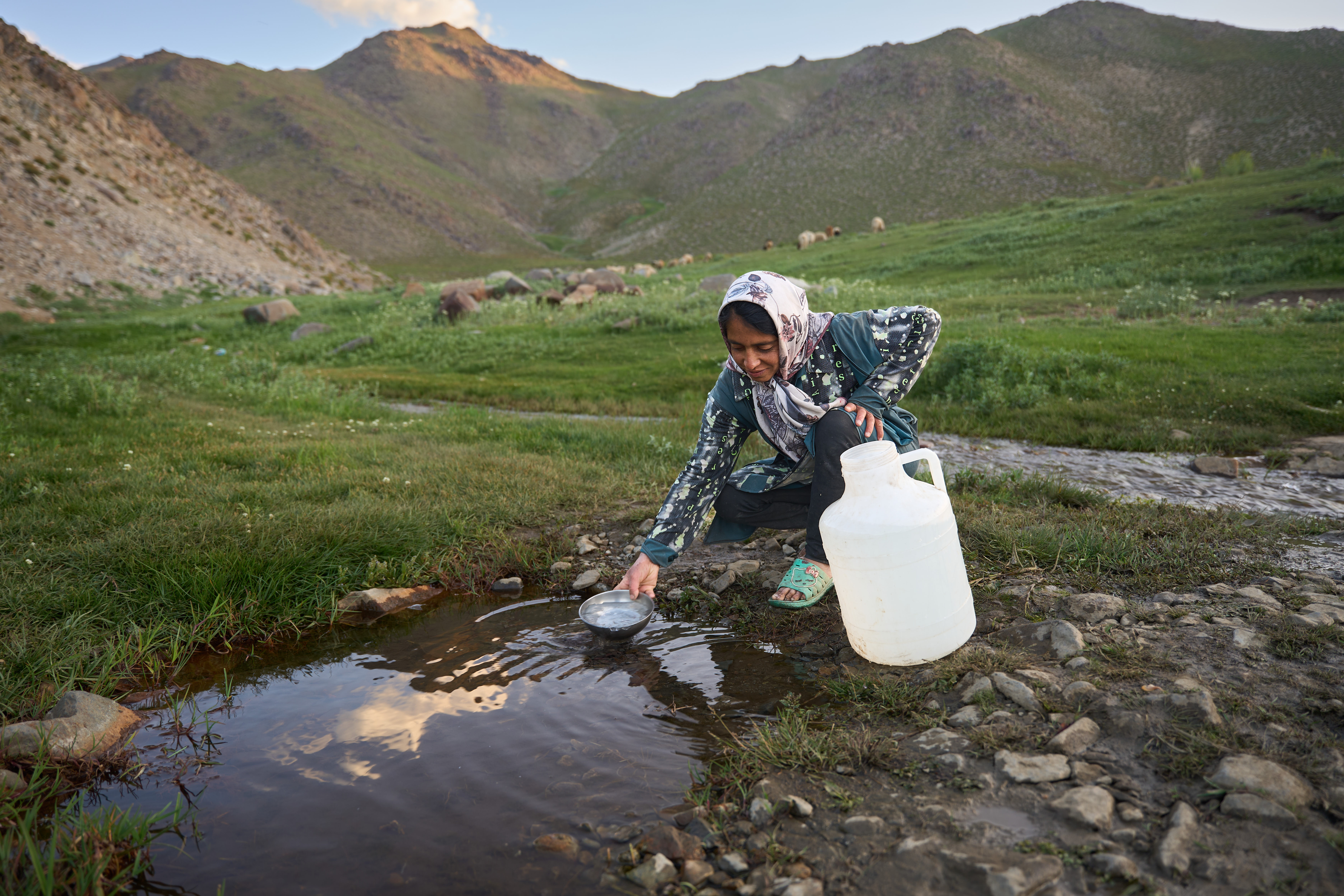

But, as was pointed out to me, it would neither be fair nor accurate to think of them as poor. As for the most part, they all possessed a healthy stock of animals whose meat could be offloaded at market rates. Moreover, in the winter season they moved from the mountains and back to more leisurely lives in the hamlet and village homes that've come up over the years. Taking the animals to the mountain pastures provided inexpensive access to food and drink, the biggest expense to this way of life. Nevertheless, the summer months didn't necessarily allow many creature comforts.

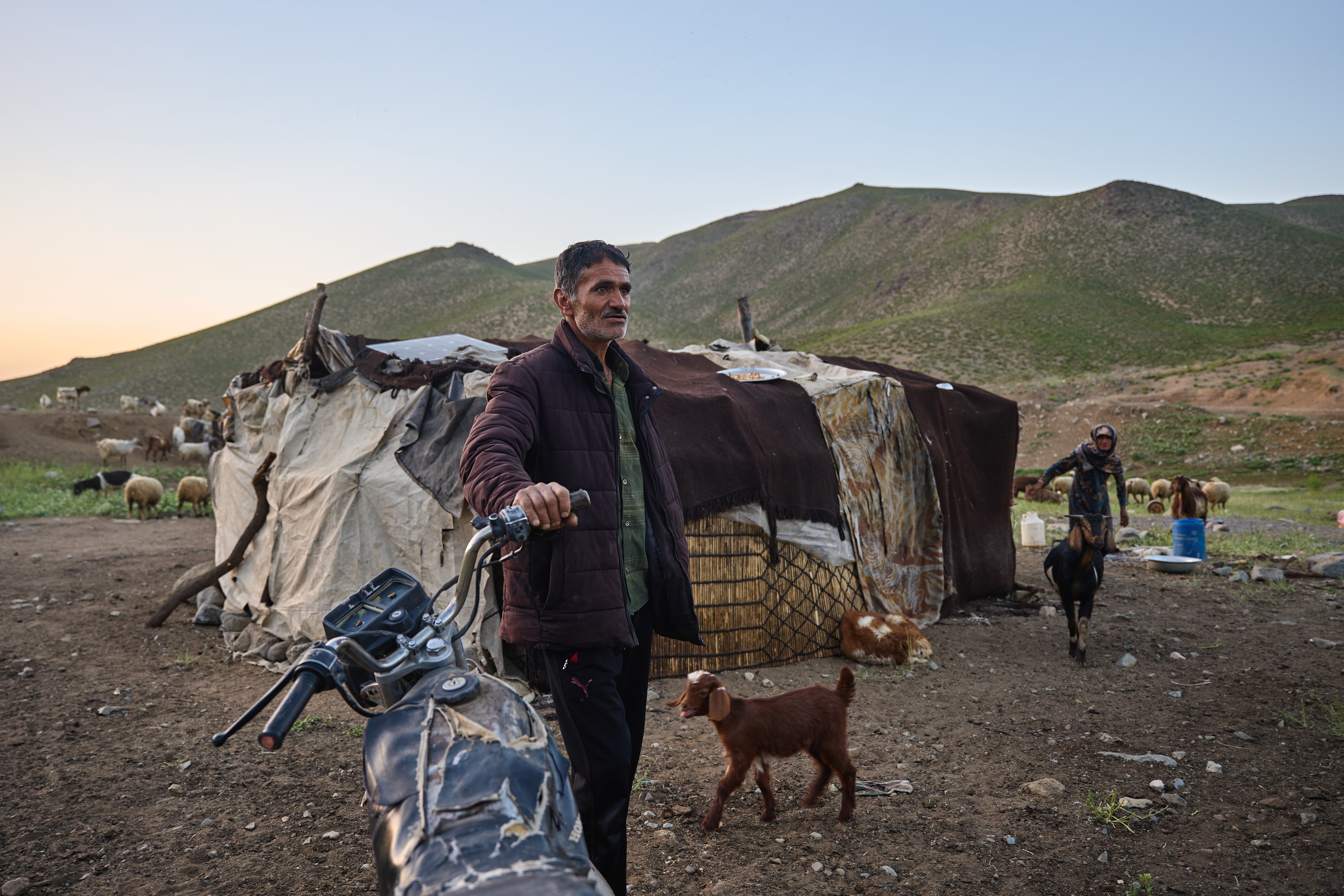
In that sense, the people I had gone to visit were not completely nomadic as first thought, but more akin to what's often called semi-nomadic. Much like those I encountered in my travels to i.e Kyrgyzstan. While the summer camps can and do change locations from time to time, there is a permanent base called home waiting at the season's end.
Exotic as this way of life may at first seem to a set of modernized eyes, it really wasn't all that different from what used to and – to some degree, albert in its modern form – still take place in my own country. Half a world away, our old Norwegian songs and stories relate fondly of animals being taken to their mountainous summer pastures to fatten up before the meager winter. Alongside the people that came to take care of them.
In the end, the forage into the mountains of Iran proved a good, little adventure to an ancient and long-ago displaced people of Lur origin yielding several worthwhile photographs.
The last vestiges of the ancient, traditional life may ever be disappearing in our increasingly globalized world, but one still finds a few holding on.
Whether by choice or whether by necessity.
